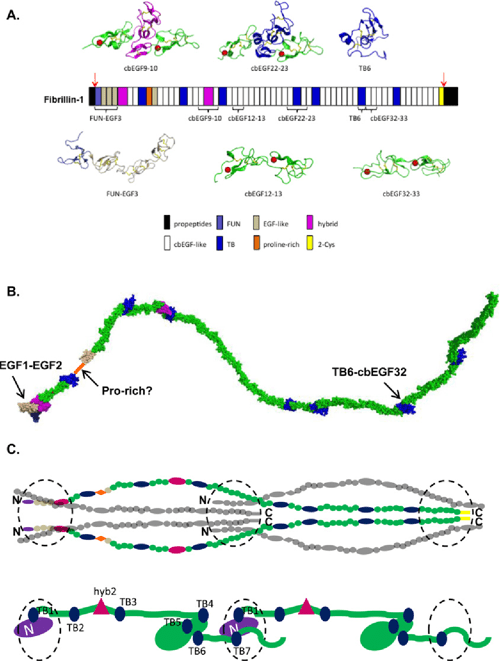

NCPs exhibit multifunctional roles in bone that are critical for the determination of bone quality and fracture resistance. Further understanding of the role of NCPs in bone quality and fragility may improve the determination of fracture risk. For example, in osteoporotic bone, NCPs are modified and their amount in bone matrix is reduced. Non-collagenous proteins (NCPs), an integral component of bone’s organic matrix, have been implicated to play a role in bone quality. Therefore, inclusion of other factors such as bone quality may help improve the determination of fracture risk. Bone mineral density (BMD) is most commonly used to predict fracture risk, but fracture and non-fracture populations show an overlap in BMD values. However, the unique contribution of each material component in the prediction of bone fracture, is not fully elucidated. The complex hierarchical structure and composition of bone provides it with exceptional resistance to fracture. These pathways include alterations of bone morphological parameters crucial for bone’s structural competency, bone quality changes in key matrix parameters (mineral and collagen), and a direct role as load bearing structural proteins. In this article, we present a systematic analysis of a large cohort of NCPs on bone’s structural and material hierarchy, and identify three principal pathways by which they determine bone’s mechanical properties. Homozygous and heterozygous mice models of key NCP provide a useful approach to determine the impact of NCPs on bone morphology as well as matrix quality, and to carry out detailed mechanical analysis for elucidating the pathway by which NCPs can affect the mechanical properties of bone. Recent studies have highlighted that NCPs can indeed be lost or modified with aging, diseases and drug therapies. Limited attention has been given to their role in determining the mechanical properties of bone. Traditionally, NCPs have been studied as signaling molecules in biological processes including bone formation, resorption and turnover. The remarkable mechanical behavior of bone is attributed to its complex nanocomposite structure that, in addition to mineral and collagen, comprises a variety of non-collagenous matrix proteins or NCPs.


 0 kommentar(er)
0 kommentar(er)
